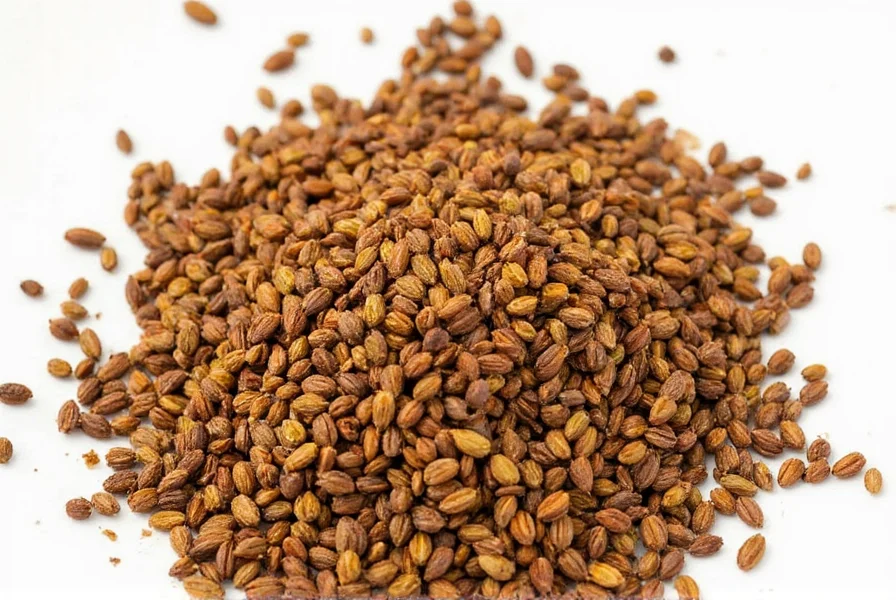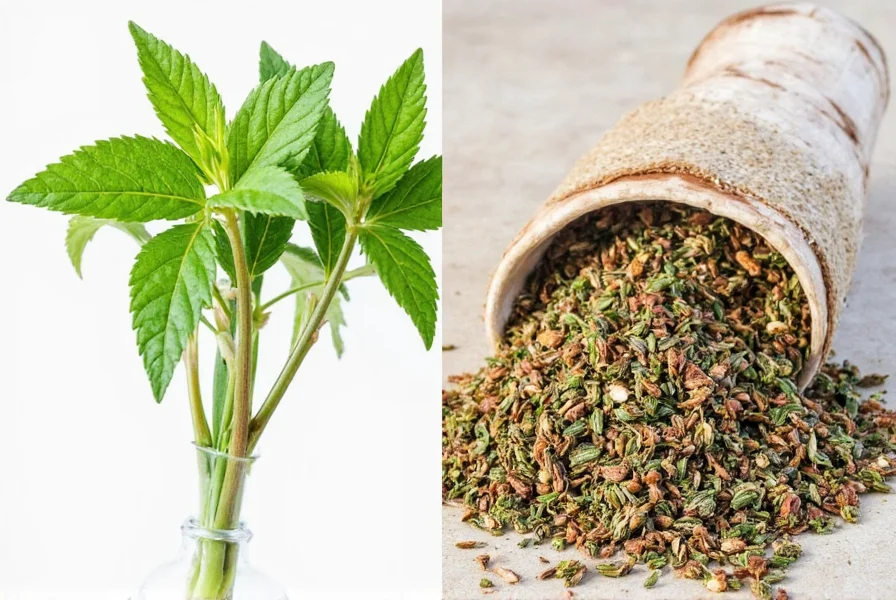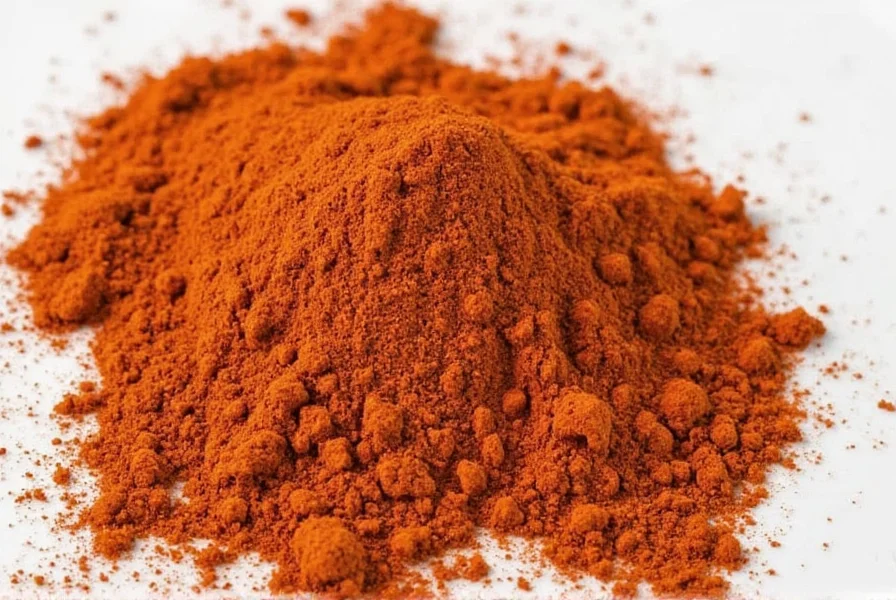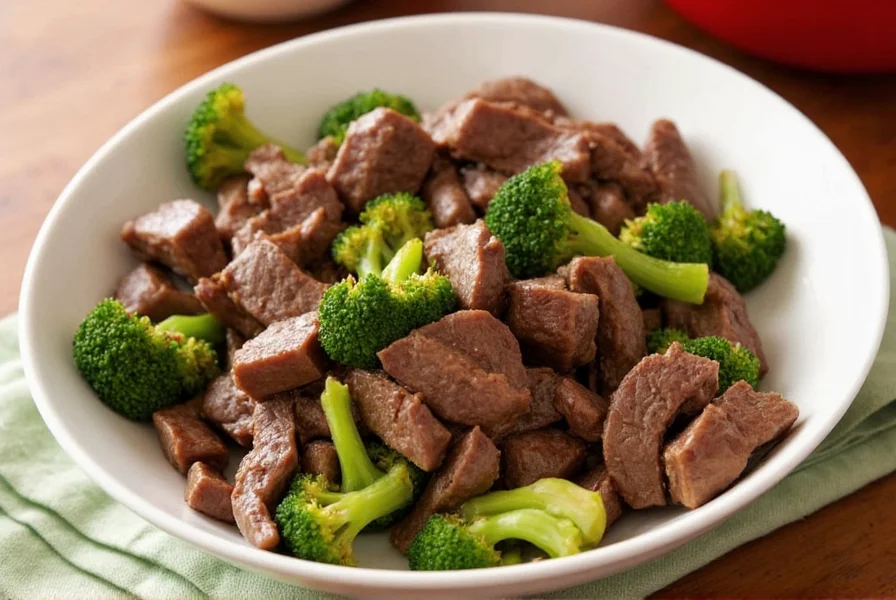Anise seed is a versatile spice with a distinct sweet licorice flavor, commonly used in baking, cooking, and beverages. This guide covers everything you need to know: how to use it, substitutes for star anise, storage tips, and common mistakes to avoid. Whether you're new to cooking with anise seed or a seasoned pro, these practical tips will help you maximize its flavor in any dish.
Table of Contents
- What Is Anise Seed?
- Flavor Profile and Aroma
- Cultural Significance
- How to Use Anise Seed in Cooking
- Choosing the Right Anise Seed
- Common Mistakes to Avoid
- Frequently Asked Questions (FAQ)
- Conclusion
What Is Anise Seed?
Anise seed comes from the Pimpinella anisum plant, part of the parsley family. It is not related to star anise (which comes from a different species). Anise seeds are small, oval-shaped, and light brown, with a distinctive sweet licorice scent. They're used whole or ground in both savory and sweet dishes.

Flavor Profile and Aroma
Anise seed has a strong, sweet, licorice-like flavor with a slight bitterness. Its aroma is warm and fragrant when toasted. Here's how it compares to similar spices:
| Spice | Flavor | Aroma | Best Uses |
|---|---|---|---|
| Anise Seed | Sweet, licorice-like, slightly bitter | Strong, sweet, aromatic | Baked goods, stews, beverages |
| Star Anise | Stronger licorice, slightly spicy | Intense, sweet, woody | Chinese cuisine, braises, soups |
| Fennel Seed | Milder, sweet, slightly peppery | Mild, herbaceous | Indian dishes, sausages, breads |

Cultural Significance
Anise seed is used globally in traditional cuisines:
- India: Known as 'saunf', used in chai tea and after-meal digestion aids
- Middle East: Added to coffee and pastries for flavor
- Europe: Found in German Lebkuchen cookies and Scandinavian krumkake
- Mediterranean: Used in absinthe and ouzo production
How to Use Anise Seed in Cooking
Use these specific measurements for best results:
- Baked Goods: Add 1/2 teaspoon ground anise per cup of flour for cookies or cakes. For breads like Italian anise bread, use 1-2 teaspoons per loaf.
- Stews and Soups: Add 1 teaspoon whole seeds to French onion soup or Moroccan tagines for depth of flavor. Remove before serving.
- Drinks: Steep 1/2 teaspoon whole seeds in hot water for 5 minutes for licorice tea. Add to coffee or cocktails for a unique twist.
- Seasoning Blends: Mix 1 teaspoon anise seed with 1 teaspoon cumin and 1/2 teaspoon coriander for meat rubs.
- Preserves: Add 1/2 teaspoon whole seeds to apple or apricot jam for complexity.
Pro Tips:
- Toasting: Heat whole seeds in a dry pan for 2-3 minutes until fragrant before grinding or using.
- Grinding: Use a spice grinder for fresh, potent flavor. Store ground anise in airtight containers.
- Storage: Keep whole seeds in a cool, dark place for up to 3 years. Ground anise lasts 6 months.

Choosing the Right Anise Seed
Choose based on your cooking needs:
- Whole Anise Seeds: Best for infusing flavors in liquids (tea, broth, mulled wine). Ideal for baking whole in breads.
- Ground Anise: Perfect for baked goods where even distribution is needed. Use within 6 months for best flavor.
- Pre-Mixed Blends: Combine with fennel and cumin for quick seasoning. Great for grilling or roasting meats.
Common Mistakes to Avoid
- Using too much: Start with 1/4 teaspoon per serving. Anise seed is potent and can overpower dishes.
- Skipping toasting: Toasting whole seeds releases maximum flavor. Never skip this step for whole seeds.
- Using old seeds: Check freshness by crushing a seed – it should smell strongly of licorice. Replace if scent is weak.
- Pairing with strong flavors: Balance anise with complementary ingredients like citrus, cinnamon, or vanilla. Avoid pairing with very spicy ingredients like chili peppers.

Frequently Asked Questions (FAQ)
What is the difference between anise seed and star anise?
Anise seed comes from the Pimpinella anisum plant and has a sweet, milder licorice flavor. Star anise comes from Illicium verum and has a stronger, spicier licorice taste. They're not botanically related but share similar flavor compounds. Use 1 star anise pod = 1 teaspoon ground anise seed.
Can I substitute anise seed with fennel seed in recipes?
Yes, but adjust quantities. Fennel seed has a milder flavor (about 50% as strong). Use 1.5x more fennel seed than anise seed. For stronger flavor, use 1/2 teaspoon star anise per 1 teaspoon anise seed.
How should I store anise seed to maintain freshness?
Store whole seeds in an airtight container away from light and heat. They stay fresh for 2-3 years. Ground anise loses potency faster – use within 6 months. Always check the scent before use: fresh anise has a strong licorice aroma.
What are common dishes that use anise seed globally?
Indian chai and desserts (saunf), Middle Eastern coffee and pastries, German Lebkuchen cookies, Scandinavian krumkake, French onion soup, Moroccan tagines, Italian biscotti, and alcoholic beverages like absinthe and ouzo.
How much anise seed should I use in a recipe?
Start with 1/4 teaspoon per serving for savory dishes and 1/2 teaspoon per cup of flour for baked goods. Toast whole seeds before use to enhance flavor. Remember: it's easier to add more than to fix an overpowering licorice taste.
Conclusion
Anise seed's unique flavor can transform ordinary dishes into extraordinary ones when used correctly. By following these specific measurements, storage tips, and substitution guidelines, you'll master this versatile spice in no time. Remember to start small, toast whole seeds for maximum flavor, and pair with complementary ingredients for perfect results.
Ready to elevate your cooking? Grab a bag of fresh anise seed and start experimenting with these practical techniques today.











 浙公网安备
33010002000092号
浙公网安备
33010002000092号 浙B2-20120091-4
浙B2-20120091-4